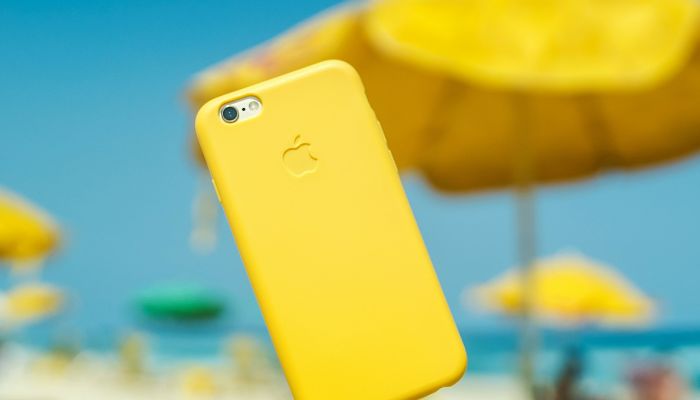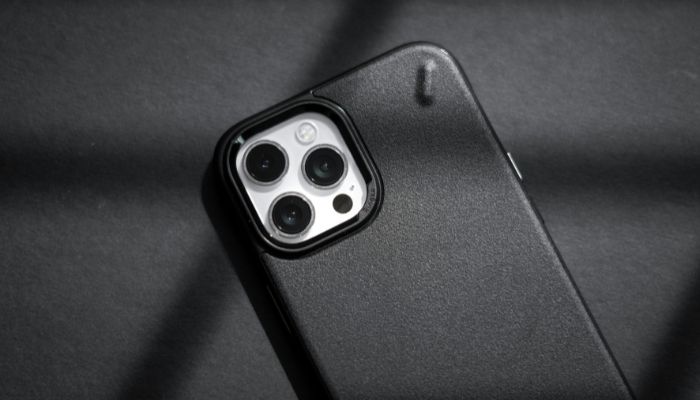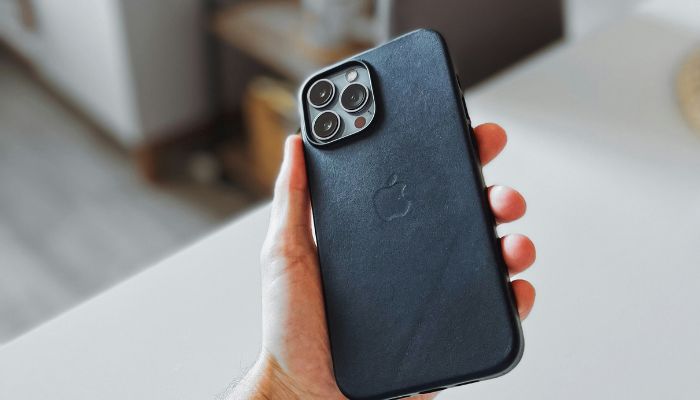
Yes, an iPhone can identify spam calls using its built-in call screening features. These tools work to mitigate robocalls, telemarketing calls, and potential phishing scams, safeguarding your privacy and minimizing disruption. Users can enable this feature in the ‘Phone’ settings, thereby silencing calls from unknown numbers and directing them to voicemail. This inbuilt protection, in addition to third-party apps providing enhanced filtering, allows for comprehensive control of incoming calls.
Note that effectiveness may vary, and careful attention should be paid to privacy concerns and the possibility of false positives. Further exploration into this issue will illuminate more specific strategies for superior spam call management.
Understanding Spam Calls
In the realm of telecommunication, spam calls have emerged as a pervasive nuisance. These unsolicited calls come in different types such as robocalls, telemarketing calls, and phishing scams, each with its unique tactic to victimize consumers. Additionally, it’s crucial to know how to Identify phishing emails on iPhone to avoid online scams.
The impact on consumers is not just an annoyance but also a threat to their privacy and security. Common scam tactics include impersonating legitimate organizations like the IRS or banks, tricking consumers into divulging sensitive information or making payments. This illicit activity has legal implications, with regulations such as the Telephone Consumer Protection Act (TCPA) in place to protect consumers.
However, enforcement remains a challenge due to the evolving tactics of spammers. That’s why consumers are encouraged to report spam calls to the Federal Trade Commission (FTC) or their service providers. Reporting is a simple but critical step in helping authorities track, reduce, and penalize these disruptive practices.
The understanding of spam calls, their impact, and ways to counteract them is crucial in today’s digital age. It serves as the first line of defense in protecting oneself from falling victim to these nuisances.
Iphone’s Built-In Call Screening

Apple’s iPhone comes equipped with a built-in call screening feature, a formidable shield in the battle against spam calls. This feature works as an effective guard against annoying telemarketers and aids in robocall prevention. The system relies on call blocking and caller ID functionality to identify and filter suspect calls, reducing the likelihood of scam detection. Additionally, explore methods for preventing text message hacks on iPhone.
Call blocking is a robust defense line, enabling your device to automatically reject calls from specific numbers. This feature is particularly effective against persistent telemarketers who consistently disrupt your day.
The caller ID function, on the other hand, provides an early warning system. It allows you to see who is calling before you pick up, arming you with the information to decide whether to answer, ignore, or block the call.
Robocall prevention is another integral part of the iPhone’s call screening. It reduces the chances of automated calls reaching you. Furthermore, the iPhone’s system is designed for scam detection, helping to identify potential scam calls. This comprehensive approach ensures that the iPhone is not just a communication device, but also a protective tool against unwanted spam calls.
How to Enable Spam Call Identification?
Enabling the spam call identification feature on your iPhone is a straightforward process. It integrates call blocking, caller ID and call screening capabilities to provide optimal phone security.
- Firstly, navigate to the ‘Settings’ app on your iPhone. Scroll down and tap on ‘Phone’. From there, tap on ‘Call Blocking & Identification’. This is where you will find the options related to call blocking and the identification of spam calls.
- Secondly, toggle on ‘Silence Unknown Callers’. This feature screens calls from numbers not in your contacts, mail, or messages. It’s a practical step for robocall prevention, as it automatically silences calls from unknown numbers, sending them directly to voicemail.
Third-Party Apps for Spam Filtering

While iPhone’s built-in features offer some level of protection against unwanted spam calls, users may also choose to augment their defenses with third-party applications. These apps offer enhanced filtering mechanisms, often based on user-generated spam reports.
App recommendations often come from user reviews, providing insights into the app’s effectiveness and reliability. Hiya and Truecaller are two such recommended apps, praised for their robust spam identification features. Nonetheless, potential users should examine reviews critically, noting any recurring issues or complaints.
Privacy concerns are paramount when considering third-party applications. Some apps may require access to your call logs or contact list, which could lead to potential breaches of privacy. Therefore, users should carefully review the permissions requested by these apps before installation.
Cost considerations are also a factor. While many spam-filtering apps are free, they may offer premium features at a cost. Users must determine whether the added benefits justify the expense.
Limitations and Potential Issues

Despite the myriad advantages of using third-party apps to identify spam calls, there are certain limitations and potential pitfalls that iPhone users need to be aware of. These primarily revolve around privacy concerns, false positives, call blocking, user experience, and legal implications.
- Privacy concerns: These apps often require access to your call records, messages, and contact list to function. This can pose potential privacy risks as your data could be misused.
- False positives: At times, these apps might incorrectly identify a legitimate call as spam, thereby creating inconvenience and potential loss of important calls.
- Call blocking: Overzealous call blocking can lead to unintended consequences. For instance, emergency services or important automated calls may be blocked.
- User experience: Frequent app notifications and alerts can interfere with the user experience, causing annoyance or disruption.
- Legal implications: The use of such apps may also bring about legal implications as laws governing call recording and privacy vary across jurisdictions.
Understanding these potential challenges can help users make better-informed decisions while using third-party apps for spam call identification on their iPhones.
Tips for Better Spam Call Management
Given the challenges discussed in managing spam calls, it is helpful to consider some practical tips for better handling this issue on your iPhone.
- First, utilize call blocking. iPhones allow users to block specific numbers, preventing unwanted calls from reaching you.
- Additionally, consider call filtering. Certain apps can identify and filter out potential spam calls, letting through only legitimate contacts.
- Call screening is another effective method. By enabling this feature, callers are required to announce themselves before the call is connected, deterring robocalls.
- Furthermore, spam detection apps can provide real-time alerts for incoming spam calls, giving users the opportunity to decline or block them instantly.
- Lastly, robocall prevention is an invaluable tool. Robocalls are automated calls that often serve as unwanted advertisements or scams.
Conclusion
IPhones can identify spam calls through built-in screening tools and third-party apps. However, limitations exist, and not all unwanted calls can be filtered. Users must enable these functions and stay updated with new versions for optimal performance.
Moreover, understanding spam calls and adopting effective management strategies can significantly reduce the inconvenience caused by these unwanted interruptions. Thus, iPhone’s capabilities, coupled with user awareness, can contribute to a better calling experience.